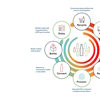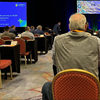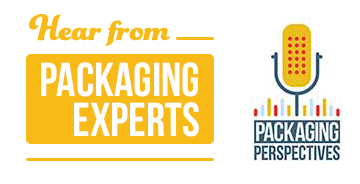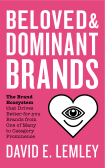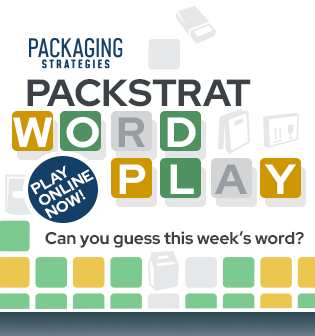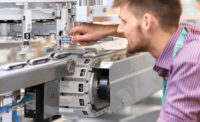State by state across America — and elsewhere across the globe — EPR legislation will serve as a catalyst for implementing truly circular economies for product packaging. Most EPR legislation to date has specifically targeted single-use plastic packaging, with some rulemaking including guidelines for other packaging materials, such as paper, metal, and glass.
As noted by the “Guide to EPR Proposals” published by GreenBlue, EPR is a legislative policy approach that assigns end-of-life responsibility to “producers” of CPGs. “This can include both financial responsibility and operational responsibility, though the amount and type may differ,” says GreenBlue. “Producers are required to provide funding and/or services that assist in managing covered products after the use phase.” Most EPR legislation defines the “producer” as the CPG manufacturer, or the owner of the trademarked brand offered to the public.
To date, four U.S. states — California, Oregon, Colorado, and Maine — have passed EPR legislation. During 2024, six additional states—Washington, Minnesota, Illinois, New Jersey, New Hampshire, and Rhode Island — will likely finalize and implement introduced EPR legislation.
In America, these state-led EPR programs for packaging often dictate or suggest that producers of packaging products join a nonprofit producer responsibility organization (PRO). “The PRO then develops a producer responsibility plan and manages the producer responsibility program,” reports GreenBlue. “The financial structure may vary, but in most EPR programs producers pay fees to the PRO. The PRO then distributes the funds to cover the costs required by program legislation.”
The fees collected in a PRO generally provide funding for the end-of-life management of covered products, which can include collection, sorting, and processing CPG packaging materials. The first PRO to emerge in the wake of EPR legislation is the Circular Action Alliance, which is approved to implement EPR laws in California and Colorado.
To review details related to each of these state EPR bills, view the “Recent EPR Proposals” section of the GreenBlue EPR website.
Effective EPR Legislation
As part of our 2024 “State of Converting” outreach to the industry, The Packaging Group from BNP Media sought input from leading converters to gain perspective on the current EPR legislative climate.
How should the packaging and CPG industry, in tandem with legislators, approach creation of reasonable solutions related to EPR legislation?
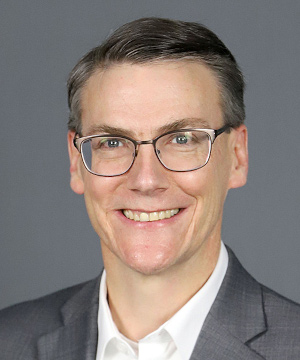
Brian Carvill Courtesy of Amcor Flexibles North America
“We believe that a well-built EPR scheme can generate the funding necessary to create the infrastructure for recycling. We’ve worked together with many of our partners in the value stream, and the Consumer Goods Forum, to recommend features of an optimal EPR program (see “Building a Circular Economy for Packaging”). There are a few critical elements: All major CPG packaging materials should be collected in the program. The programs should operate on a ‘net cost basis,’ with each material paying its own way based on the value it provides as an output of the stream. And the revenue raised by the fees should stay inside the system. These funds are critical to improving the infrastructure required and should not be drained off to support other legislative priorities.”
— Brian Carvill, Ph.D., VP Research & Development, Amcor Flexibles North America
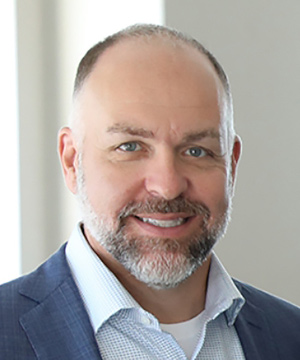
Chad Perre Courtesy of Pregis Performance Flexibles
“The biggest thing we can do as an industry is make sure that we are truly working together to come up with regulation that moves the needle, meaning our actions are directly impacting our ultimate goal: reducing the adverse effects on the environment. We must aim to provide clear insights and expertise to legislators as they craft policies, ensuring that legislation is not only well-informed but also implementable in real-world scenarios.”
— Chad Perre, VP of Technology, Pregis Performance Flexibles
Challenges and Opportunities
In late 2023, The Packaging Group from BNP Media and Clear Seas Research conducted an original industry survey to identify key indicators affecting the work of packaging converters today, including the market for new equipment, top challenges facing the industry, and emerging market opportunities.
According to the Clear Seas Research findings, over two-in-five respondents are currently looking to purchase new equipment, with:
- 72% looking to purchase labeling equipment
- 69% looking to purchase converting equipment
- 34% looking to purchase flexographic equipment
Cost is the most-pressing issue facing the packaging industry today, with the cost of new packaging materials and associated equipment topping the list of concerns, according to Clear Seas Research, with 70% ranking the concern at a level of high to moderate importance.
According to the Clear Seas Research respondents, food products present the most-challenging packaging environment today, with 88% ranking the concern at a level of high to moderate importance.
Survey respondents likewise ranked food as the most-promising product market opportunity when it comes to packaging, with 80% ranking food at high to moderate importance.
For comprehensive, ongoing coverage of EPR legislation and the “big picture” topic of sustainability in today’s CPG industry, view the “Sustainable Packaging” topic on PackagingStrategies.com.



